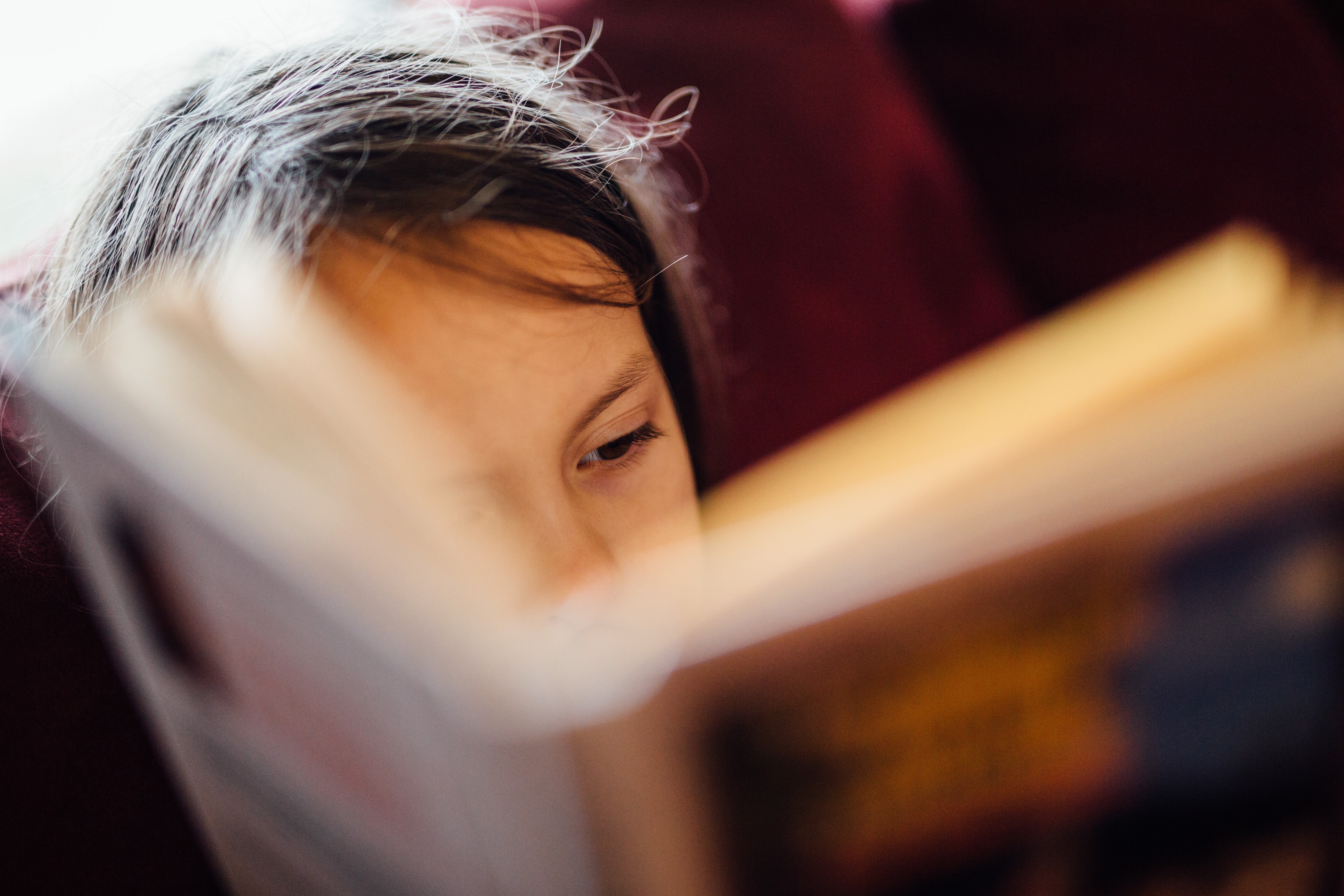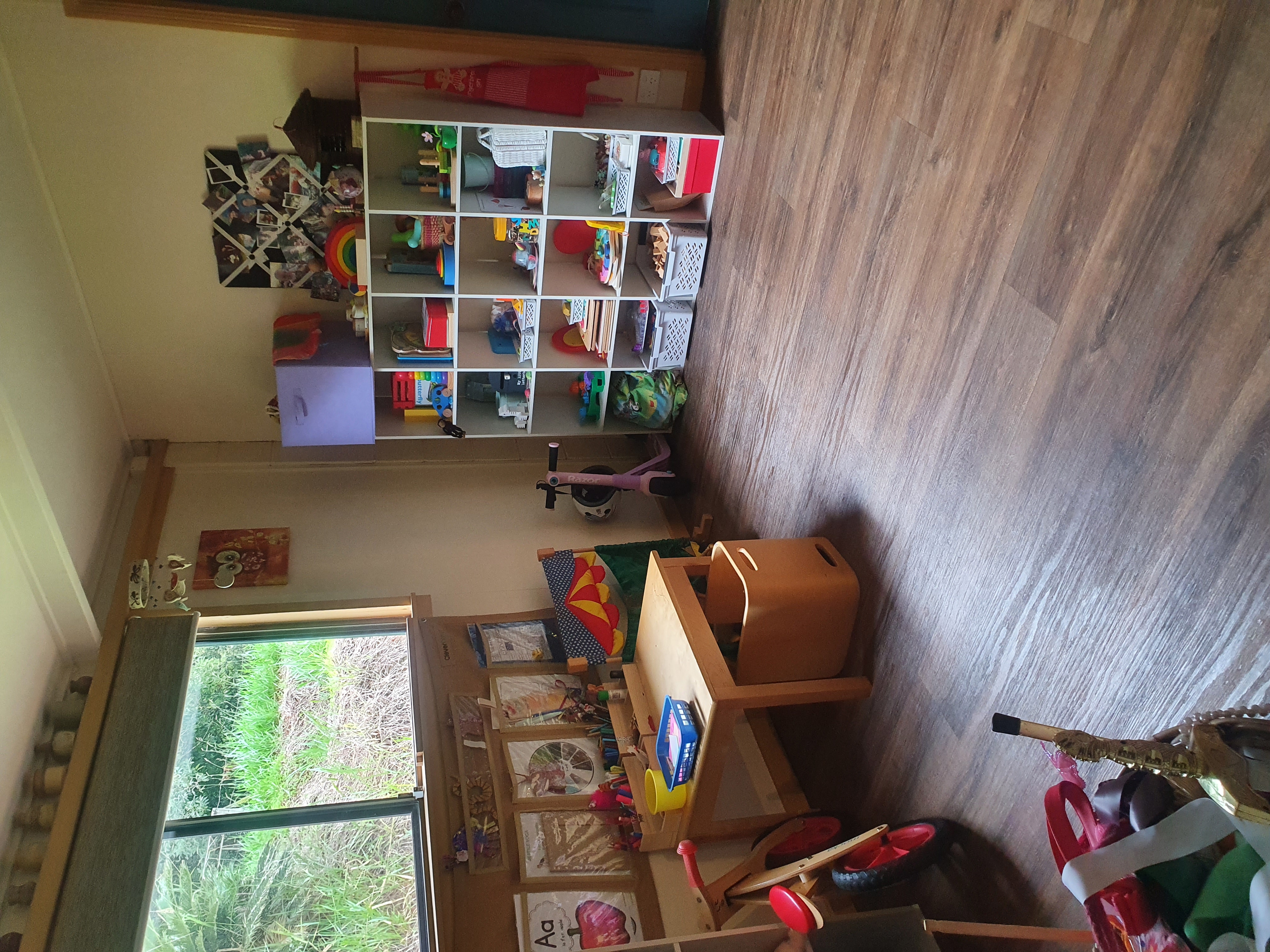Mama's Musings
Organised Homeschooling Summary
Hit Full Screen on this Video to see the top tips from a recent Organised Homeschool presentation!
School's Out, Australians!
Aussie homeschooling parents, we made it through 2024! Can I get a collective high five? Now it’s time to pause, take a deep breath, and set ourselves up for an even better year ahead. I’m talking about a fresh start for 2025 — one that doesn’t feel like a hamster wheel of curriculums, activities, and Pinterest-perfect goals. Let’s keep it simple, real, and joyful.
Take Stock of 2024
Before we dive headfirst into planning, let’s reflect. Gather your kids, grab some snacks, and chat about the highs and lows of 2024. What worked? What didn’t? Did those fancy science kits gather dust? Did a random library book spark a month-long passion for volcanoes? Did a daily schedule feel like too much?
Be honest with yourselves and your kids. This is the time to let go of what didn’t work without guilt. Didn’t finish the math workbook? Who cares? Your child still learned. Didn’t stick to that detailed timetable? Maybe your family thrives better with flexibility. It’s all good. I used to get hung...
Adaptable, Loving, and Present
Homeschooling is a journey of growth - not just for our kids but for us as parents and educators. Like any journey, it brings with it twists, turns, and unexpected leaps, and in my experience, the ability to adapt to these changes is as essential as any lesson plan. Today, I’d like to share some thoughts on adapting to change as a homeschooler and why flexibility, openness, and family-centered priorities are key.

Recognising the Need to Be Flexible
One of the greatest gifts homeschooling offers is flexibility. Unlike traditional schooling, where a rigid schedule dictates the pace, homeschooling allows us to pivot when needed. But it’s easy to get caught up in our own expectations - believing we have to “finish the curriculum” or “stick to the plan” no matter what. We must remember that plans are just that: a rough guide, not a rulebook. Life will throw curveballs, and learning to embrace them with grace and flexibility helps us model adaptability for our children.

For a few year...
Homeschooling Methods
When embarking on the journey of homeschooling, parents have the unique opportunity to tailor their children's education to their individual needs and learning styles. One of the key aspects to consider is the wide array of teaching methods available. Understanding different teaching methods can help parents create engaging and effective lessons that cater to their child's learning preferences. In this subchapter, we will explore various teaching methods commonly used in homeschooling, providing parents with valuable insights and strategies to enhance their homeschooling experience.

1. Traditional Teaching: This method follows a structured curriculum and textbook-based learning. It focuses on teacher-led instruction and emphasises memorisation and repetition. Parents can choose pre-packaged curricula or customise their own to suit their child's needs.
2. Montessori Method: Developed by Maria Montessori, this approach encourages hands-on learning, self-directed activities, and indep...
Debunking Common Homeschool Myths
As parents embark on the journey of homeschooling in Australia, they may encounter various misconceptions surrounding this educational choice. Below, I aim to address some of the most common homeschooling myths, empowering home educators with accurate information and dispelling any doubts they may have.
Myth #1: Homeschooled children lack socialisation opportunities.
Contrary to popular belief, homeschooling does not isolate children from social interactions. In fact, homeschoolers often engage in numerous social opportunities, such as joining homeschooling groups, attending co-op classes, participating in community programs, and taking part in extracurricular activities. These avenues provide ample opportunities for children to develop social skills, make friends, and build lasting relationships.
Myth #2: Homeschooling is less academically rigorous than traditional schooling.
Homeschooling allows parents to tailor their children's education to their individual strengths, interests, an...
Legal Requirements for Homeschooling in Australia
In Australia, each state and territory has its own regulations regarding homeschooling. While the overall principles are similar, it is crucial to check the specific requirements for the state or territory in which you reside. Generally, parents register with their state or territory's education department or homeschooling authority. This registration process may involve filling out an application form, providing education plans, and occasionally, submitting to home visits or assessments. Some families choose not to ever register - understanding the requirements, your rights, and any repercussions is important.
Parents of registered children are responsible for maintaining records of their child's educational progress. This may include documenting completed assignments to record progress, and maintaining portfolios of their child's work. These records serve as evidence of the child's educational development and may be required during registration or assessment processes.
It is impo...
Hands On Letters, Reading & Writing for Early Learners
Following on from my last blog post about hands-on Maths and Numbers, here are some tips for busy, bouncy kids to get them involved in reading and writing activities...

play – games, letter dice, story dice, magnetic letters & words, board games, matching games, wordsearch
create – get them to tell you stories & poems and record these, make books, cards for loved ones, get a penpal, collage letters, paint letters (sprinkle sand on wet paint), use chalk on paths, tracing in sand or paint
label – your favourite things around the house, label your body parts, label your garden - label everything! If you use sticky labels, it's most fun.
worksheet creator – use your favourite words to create worksheets: names, address, pets, places. Wordsearches are worksheets in disguise.
read – audio books, read aloud (while they use playdough or eat is good), go to the library, read to yourself and aloud to other adults while children are around, and just normalise reading as a fun thing to do!
Tip for ki...
Hands On Maths and Numbers for Early Learners
Something that comes up a lot in my sessions and conversations with other parents is - how do we 'teach' kids who just want to touch, squash, bang, run, jump, yell and are basically very IN their own bodies a lot of the time?
There are so many ways to learn the same concepts. That we expect busy little bodies to sit, hold a pencil, and listen for great lengths of time is plain crazy. It's the worst part of our modern education system, I think. (And there's loads of research behind that opinion, but I don't think I need to convince you!)

Here are some of the ways we've discovered numbers in the early learning years with tactile learners:
manipulatives – buttons, coins, counters, Cuisenaire rods, MAB (Multibase Arithmetic Blocks), rocks, abacus, dominoes, sticker spots & stars, anything they have multiple of (favourite toys), lego, blocks
play – games, building, count as you hop, jump & skip, collect, bounce, measure, run, using timers, shops, sorting, ball games, mazes, scavenger hun...
Using AI to assist with Unit Studies
AI - Artificial Intelligence - love it, hate it, or not sure? I'm still on the fence! That is a typical writer's response to a perceived threat.
I've been testing it out though, and I think it's a great tool for generating ideas. For example, today I logged into ChatGPT and asked it to "write a 4 week unit study for children aged 5-7 who are learning about the countries around the world, especially developing nations and less common countries, and include food, stories, and art, as well as academic learning."
For me to plan this would take maybe an hour or more, and for someone new to homeschooling, it could take a few hours. In under a minute, ChatGPT gave me this:
Title: Exploring Our World: A 4-Week Unit Study for Children Aged 5-7
Week 1: Africa - A Continent of Rich Cultures
Introduction:
Introduce the concept of continents and explain that we will be starting our journey in Africa, a diverse continent.
Display a world map and locate Africa.
Share interesting facts about Afric...
What is an Invitation to Learn?
I've had a lot of questions about some terms I use, lately.
What is an invitation to learn?
What is strewing?
What is a rich learning environment?
Why are you so passionate about make memories?

This photo is of Zeah's learning space a couple of years ago. It still looks like this, but with some of the toddler items moved on, and more big-kid things (and mess, plenty of mess). This room itself is an invitation to learn - there are a variety of toys, art activities, games and books (out of the shot) and she can set up to play and not have to pack it away right away. The room is an open area off our living space so she can see and hear me while I do Mum things, or work from home. For older kids, an inviting space might be games displayed on shelves, a comfy place to sit and read, quality books that are easy to find, art supplies that are accessible and interesting with images for inspiration, blank journals and nice pens, or a musical instrument in a living space (eg our guitars are ...





